Native name 夏目 金之助 Name Natsume Soseki | Occupation Writer Role Novelist | |
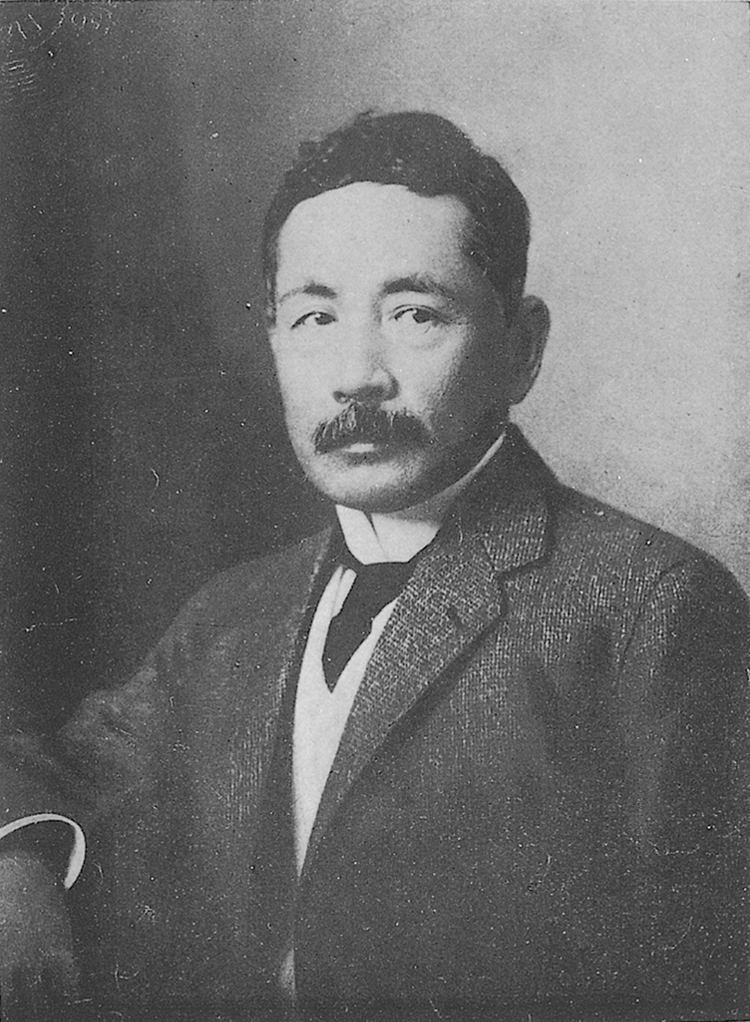 | ||
Spouse Kyoko Natsume (m. 1896–1916) Movies Ten Nights of Dreams, And Then, The Heart Children Shinroku Natsume, Junichi Natsume Books Kokoro, I Am a Cat, Botchan, Sanshiro, Kusamakura Similar People Ryunosuke Akutagawa, Osamu Dazai, Ogai Mori, Masaoka Shiki, Hideyo Noguchi | ||
Natsume Sōseki - Kusamakura BOOK REVIEW
Natsume Sōseki (夏目 漱石, February 9, 1867 – December 9, 1916), born Natsume Kinnosuke (夏目 金之助) was a Japanese novelist. He is best known for his novels Kokoro, Botchan, I Am a Cat and his unfinished work Light and Darkness. He was also a scholar of British literature and composer of haiku, kanshi, and fairy tales. From 1984 until 2004, his portrait appeared on the front of the Japanese 1000 yen note. In Japan, he is often considered the greatest writer in modern Japanese history. He has had a profound effect on almost all important Japanese writers since.
Contents
- Natsume Sseki Kusamakura BOOK REVIEW
- english version confession of a teacher episode3 natsume soseki
- Early years
- In the United Kingdom 19011903
- Literary career
- Legacy
- Major works
- References

english version confession of a teacher episode3 natsume soseki
Early years

Born in 1867 as Natsume Kinnosuke in the town of Babashita in the Edo region of Ushigome (present Kikui, Shinjuku), Sōseki began his life as an unwanted child, born to his mother late in her life, forty years old and his father then fifty-three. When he was born, he already had five siblings. Having five children and a toddler had created family insecurity and was in some ways a disgrace to the Natsume family. A childless couple, Shiobara Masanosuke and his wife, adopted him in 1868 and raised him until the age of nine, when the couple divorced. He returned to his family and was welcomed by his mother although regarded as a nuisance by his father. His mother died when he was fourteen, and his two eldest brothers died in 1887, intensifying his sense of insecurity.

Sōseki attended the First Tokyo Middle School (now Hibiya High School), where he became enamored with Chinese literature, and fancied that he might someday become a writer. His desire to become an author arose when he was about fifteen when he told his older brother about his interest in literature. However, his family disapproved strongly of this course of action, and when Sōseki entered the Tokyo Imperial University in September 1884, it was with the intention of becoming an architect. Although he preferred Chinese classics, he began studying English at that time, feeling that it might prove useful to him in his future career, as English was a necessity in Japanese college.
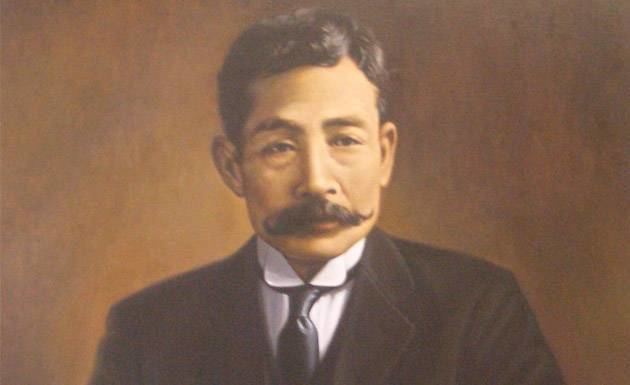
In 1887, Sōseki met Masaoka Shiki, a friend who would give him encouragement on the path to becoming a writer, which would ultimately be his career. Shiki tutored him in the art of composing haiku. From this point on, he began signing his poems with the name Sōseki, which is a Chinese idiom meaning "stubborn". In 1890, he entered the English Literature department, and quickly mastered the English language. In 1891 he produced a translation into English of the classical work Hōjōki. Sōseki graduated in 1893, and enrolled for some time as a graduate student and part-time teacher at the Tokyo Normal School.
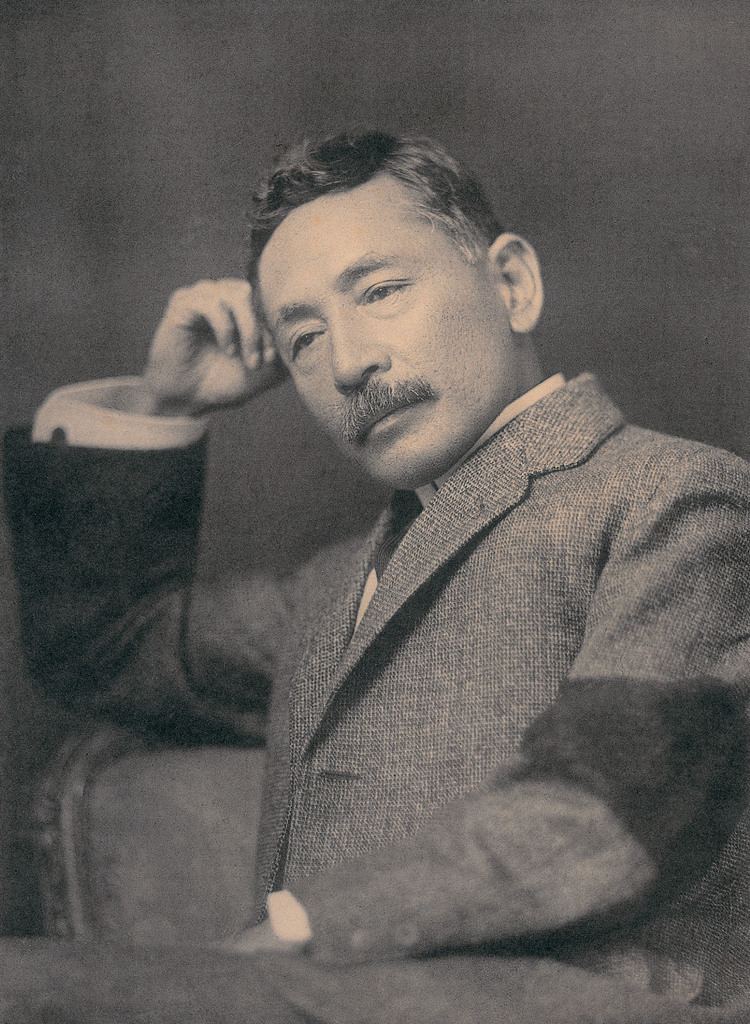
In 1895, Sōseki began teaching at Matsuyama Middle School in Shikoku, which became the setting of his novel Botchan. Along with fulfilling his teaching duties, Sōseki published haiku and Chinese poetry in a number of newspapers and periodicals. He resigned his post in 1896, and began teaching at the Fifth High School in Kumamoto. On June 10 of that year, he married Nakane Kyoko.
In the United Kingdom, 1901–1903
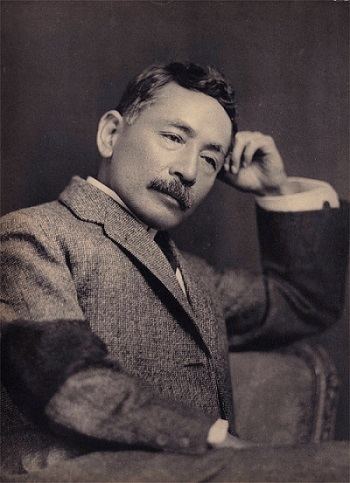
In 1900, the Japanese government sent Sōseki to study in Great Britain as "Japan's first Japanese English literary scholar". He visited Cambridge and stayed a night there, but gave up the idea of studying at the university because he could not afford it on his government scholarship. He studied instead at University College, London (UCL). He had a miserable time of it in London, spending most of his days indoors buried in books, and his friends feared that he might be losing his mind. He also visited Pitlochry in Scotland.
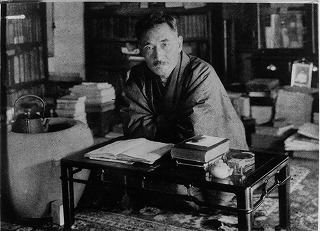
He lived in four different lodgings, only the last of which, lodging with Priscilla Leale and her sister Elizabeth in Clapham (see the photograph), proved satisfactory. Five years later, in his preface to Bungakuron (The Criticism of Literature), he wrote about the period:
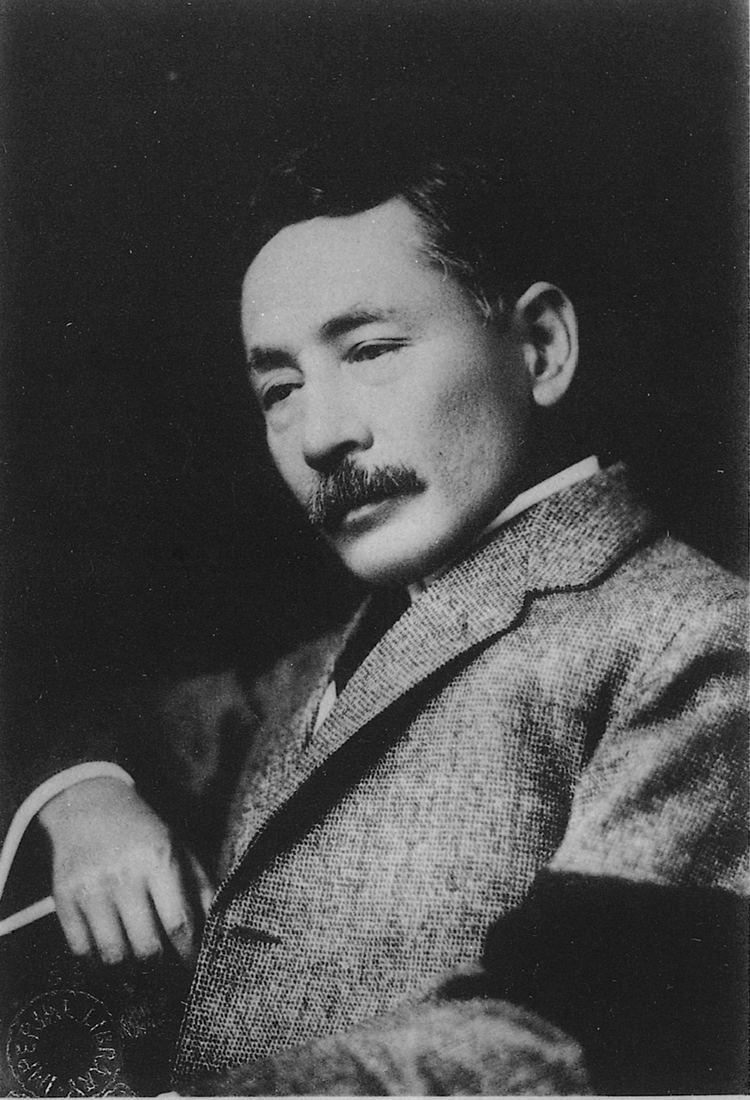
The two years I spent in London were the most unpleasant years in my life. Among English gentlemen I lived in misery, like a poor dog that had strayed among a pack of wolves.
He got along well with Priscilla, who shared his love of literature, notably Shakespeare and Milton (his tutor at UCL was the Shakespeare scholar W. J. Craig), and who also spoke fluent French, much to his admiration. The Leales were a Channel Island family, and Priscilla had been born in France. The sisters worried about Sōseki's incipient paranoia and successfully urged him to get out more and take up cycling.
Despite his poverty, loneliness, and mental problems, he solidified his knowledge of English literature during this period and returned to the Empire of Japan in January 1903. In April he was appointed to the First National College in Tokyo. Also, he was given the lectureship in English literature, subsequently replacing Koizumi Yakumo (Lafcadio Hearn) and ultimately becoming a professor of English literature at the Tokyo Imperial University, where he taught literary theory and literary criticism.
Literary career
Sōseki's literary career began in 1903, when he began to contribute haiku, renku (haiku-style linked verse), haitaishi (linked verse on a set theme) and literary sketches to literary magazines, such as the prominent Hototogisu, edited by his former mentor Masaoka Shiki, and later by Takahama Kyoshi. However, it was the public success of his satirical novel I Am a Cat in 1905 that won him wide public admiration as well as critical acclaim.
He followed on this success with short stories, such as "Rondon tō" ("Tower of London") in 1905 and the novels Botchan ("Little Master"), and Kusamakura ("Grass Pillow") in 1906, which established his reputation, and which enabled him to leave his post at the university for a position with Asahi Shimbun in 1907, and to begin writing full-time. Much of his work deals with the relation between Japanese culture and Western culture. Especially his early works are influenced by his studies in London; his novel Kairo-kō was the earliest and only major prose treatment of the Arthurian legend in Japanese. He began writing one novel a year before his death from a stomach ulcer in 1916.
Major themes in Sōseki's works include ordinary people fighting against economic hardship, the conflict between duty and desire (a traditional Japanese theme; see giri), loyalty and group mentality versus freedom and individuality, personal isolation and estrangement, the rapid industrialization of Japan and its social consequences, contempt of Japan's aping of Western culture, and a pessimistic view of human nature. Sōseki took a strong interest in the writers of the Shirakaba (White Birch) literary group. In his final years, authors such as Akutagawa Ryūnosuke and Kume Masao became close followers of his literary style.
Legacy
In the 21st century, there has been a global emergence of interest in Sōseki. Soseki's Kokoro has been newly published in 10 languages, such as Arabic, Slovenian and Dutch, since 2001. In South Korea, the complete collection of Soseki's long works began to be published in 2013. In English speaking countries there has been a succession of English translations since 2008. About 60 of his works have been translated into more than 30 languages. Reasons for this emergence of global interest have been attributed in part to Haruki Murakami who said Sōseki was his favorite writer. Political scientist Kang Sang-jung, who is the principal of Seigakuin University, said, "Soseki predicted the problems we are facing today. He had a long-term view of civilization." He also said, "His popularity will become more global in the future".
Sōseki appears as a character in Dai Gyakuten Saiban: Naruhodō Ryūnosuke no Bōken, where he is charged with stabbing a woman in the back, and defended by the protagonist. In the game, he has a pet cat called Wagahai, a reference to I Am a Cat.
Major works
Sōseki's major works include:
